肖特太陽能公司的多晶硅片采用標準絲網印刷和背面金屬化工藝作為太陽能電池的基底。Las VeGaS項目的目標是將太陽能電池的正面常用的銀漿大部分替換為成本低的鎳銅鍍層。這將使太陽能電池正面金屬化的制造成本降低至原來的一半以上。肖特太陽能公司正與RENA公司及CiS公司聯合實現這一目標。

圖片來源于:肖特太陽能公司
實現這一目標首要的挑戰涉及到銅鎳電鍍的金屬化方法將會阻止銅擴散到硅太陽能電池中,這樣將降低電子載流子的壽命,從而降低了太陽能電池的效率。出于這個原因,該項目研究團隊已開發出一種電鍍鎳層,可充當一個擴散屏障,還開發了相應的制造技術,將鎳屏障和銅鍍應用到太陽能電池中。
該項目團隊已經使用RENA公司的新型“單面電池片金屬噴鍍”(InCellPlate)技術進行制造太陽能電池。這些太陽能電池將用于制造測試模塊,以便它們在可靠性測試中驗證它們長期的穩定性。此外,項目團隊正在將這些開發成果轉化到單晶硅太陽能電池中,預計電池效率將超過19%。
Las VeGaS方法除了降低了使用原材料銅的成本還提供了另外一個好處:電鍍層是環保的,因為它們無需鉛和溶劑,符合歐盟限制使用有害物質指令,該指令限制了使用電氣和電子設備中有害物質。現在,太陽能電池已經不再需要使用大量昂貴的銀漿,只需一個非常薄的電鍍銀層焊接電池板到銅鍍層,這樣,至少降低了95%的銀消耗。
Copper replaces silver: multicrystalline solar cell with low cost metal contacts achieves 18 percent efficiency
Nov 28th, 2011
A multicrystalline wafer from SCHOTT Solar AG that features standard screen-printed backside metallization serves as the basis. The goal of the Las VeGaS project is to largely replace the silver contacts that are commonly used on the front side of solar cells with less expensive nickel-copper plating. This would lower the manufacturing costs of front side metallization by more than half. SCHOTT Solar is working together with RENA GmbH and CiS Forschungsinstitut für Mikrosensorik und Photovoltaik GmbH in order to achieve this.
The special challenge involved in metalizing with nickel-copper plating is to prevent diffusion of the copper into the silicon solar cell, as this would reduce the carrier lifetime of the electrons and thus reduce the efficiency of the cell. For this reason, the project team has developed an electroplated nickel layer that serves as a diffusion barrier as well as the appropriate manufacturing techniques for applying both then nickel barrier and the copper contacts to the cell.
The project team has used the new “InCellPlate” technology of RENA to manufacture rather promising prototypes on standard industrial tools. These solar cells will now be used to fabricate test modules so that they can demonstrate their long-term stability in reliability tests. Furthermore, the project team is working on transfering these development successes to monocrystalline cells. Efficiency that exceeds 19 percent are expected.
The Las VeGaS method offers yet another advantage besides the lower costs for the raw material copper: the electroplated layers are environmentally friendly because they are free from both lead and solvents and thus meet the requirements of the European Union’s RoHS Directive. This places restrictions on the use of hazardous substances in electrical and electronic devices. It is now no longer necessary to use large amounts of expensive silver paste, because only a very thin electroplated silver layer is needed to solder the cells to the copper tabs to make a module. This, in turn, lowers the consumption of silver by at least 95 percent.

圖片來源于:肖特太陽能公司
該項目團隊已經使用RENA公司的新型“單面電池片金屬噴鍍”(InCellPlate)技術進行制造太陽能電池。這些太陽能電池將用于制造測試模塊,以便它們在可靠性測試中驗證它們長期的穩定性。此外,項目團隊正在將這些開發成果轉化到單晶硅太陽能電池中,預計電池效率將超過19%。
Las VeGaS方法除了降低了使用原材料銅的成本還提供了另外一個好處:電鍍層是環保的,因為它們無需鉛和溶劑,符合歐盟限制使用有害物質指令,該指令限制了使用電氣和電子設備中有害物質。現在,太陽能電池已經不再需要使用大量昂貴的銀漿,只需一個非常薄的電鍍銀層焊接電池板到銅鍍層,這樣,至少降低了95%的銀消耗。
Copper replaces silver: multicrystalline solar cell with low cost metal contacts achieves 18 percent efficiency
Nov 28th, 2011
A multicrystalline wafer from SCHOTT Solar AG that features standard screen-printed backside metallization serves as the basis. The goal of the Las VeGaS project is to largely replace the silver contacts that are commonly used on the front side of solar cells with less expensive nickel-copper plating. This would lower the manufacturing costs of front side metallization by more than half. SCHOTT Solar is working together with RENA GmbH and CiS Forschungsinstitut für Mikrosensorik und Photovoltaik GmbH in order to achieve this.
The special challenge involved in metalizing with nickel-copper plating is to prevent diffusion of the copper into the silicon solar cell, as this would reduce the carrier lifetime of the electrons and thus reduce the efficiency of the cell. For this reason, the project team has developed an electroplated nickel layer that serves as a diffusion barrier as well as the appropriate manufacturing techniques for applying both then nickel barrier and the copper contacts to the cell.
The project team has used the new “InCellPlate” technology of RENA to manufacture rather promising prototypes on standard industrial tools. These solar cells will now be used to fabricate test modules so that they can demonstrate their long-term stability in reliability tests. Furthermore, the project team is working on transfering these development successes to monocrystalline cells. Efficiency that exceeds 19 percent are expected.
The Las VeGaS method offers yet another advantage besides the lower costs for the raw material copper: the electroplated layers are environmentally friendly because they are free from both lead and solvents and thus meet the requirements of the European Union’s RoHS Directive. This places restrictions on the use of hazardous substances in electrical and electronic devices. It is now no longer necessary to use large amounts of expensive silver paste, because only a very thin electroplated silver layer is needed to solder the cells to the copper tabs to make a module. This, in turn, lowers the consumption of silver by at least 95 percent.
 微信客服
微信客服 微信公眾號
微信公眾號

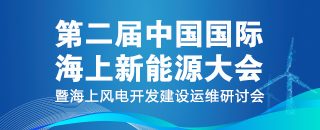

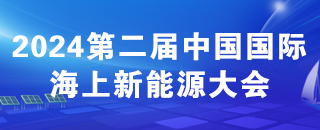

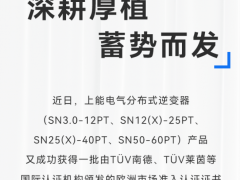
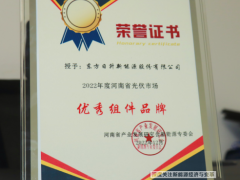
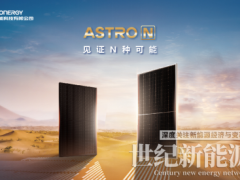
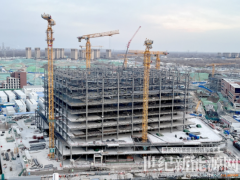
0 條